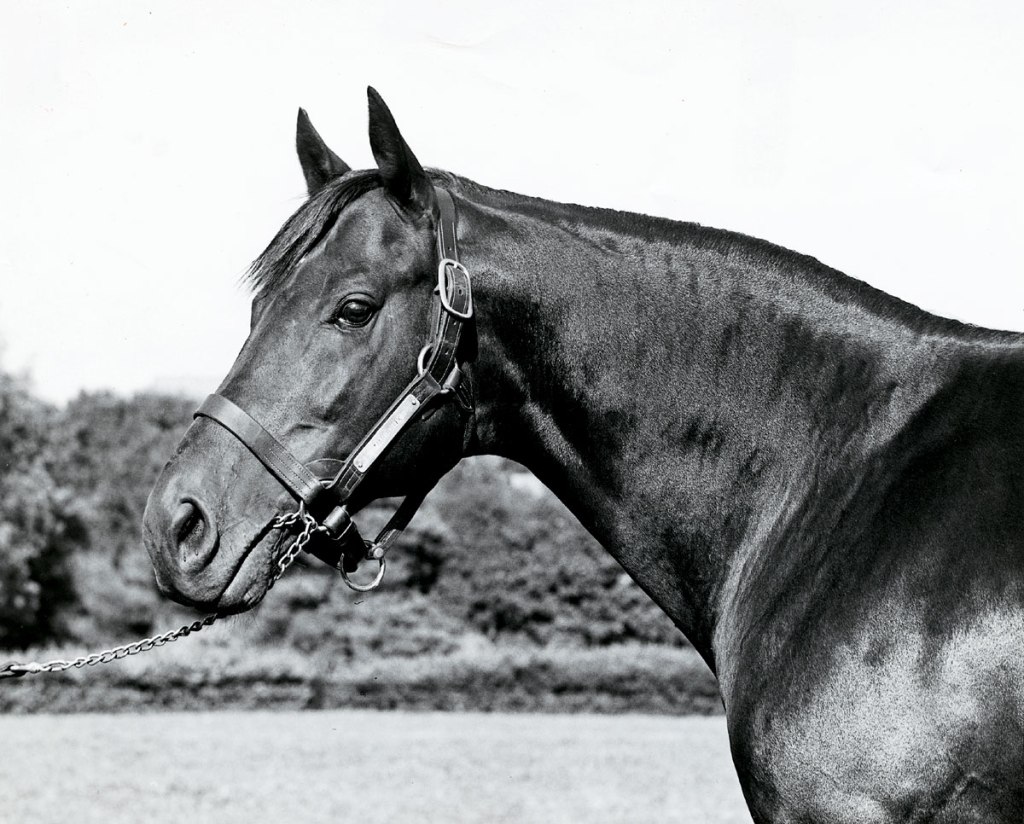The History of the Thoroughbred Horse

The thoroughbred horse is one of the most renowned and celebrated horse breeds in the world, known for its speed, agility, and spirit. This article delves into the fascinating history of the thoroughbred, tracing its origins, development, and impact on horse racing and breeding.
Origins of the Thoroughbred

The thoroughbred breed originated in England during the late 17th and early 18th centuries. It was developed by crossing native English mares with imported Arabian, Barb, and Turkoman stallions. These three foundation sires are often credited with shaping the modern thoroughbred:
| Foundation Sire | Origin | Contribution |
|---|---|---|
| Byerley Turk | Turkish | Known for stamina and endurance |
| Darley Arabian | Arabian | Renowned for speed and agility |
| Godolphin Arabian | Arabian | Valued for strength and versatility |
These crosses aimed to combine speed, stamina, and agility, creating a horse ideal for racing.
Development and Evolution
The thoroughbred quickly gained popularity in England, especially in the sport of horse racing. The General Stud Book, first published in 1791, was the first official registry for thoroughbreds, helping to standardize the breed and maintain pedigree records.
Over the centuries, thoroughbreds have been selectively bred to enhance their racing capabilities. This selective breeding has led to the modern thoroughbred’s characteristic lean body, long legs, and powerful muscles.
Impact on Horse Racing
Thoroughbreds revolutionized horse racing worldwide. Their speed and endurance made them the preferred breed for flat racing, steeplechase, and other equestrian sports. Iconic races such as the Kentucky Derby, the Epsom Derby, and the Melbourne Cup showcase the breed’s exceptional qualities.
Modern Thoroughbred Breeding
Today, thoroughbred breeding is a global industry, with major breeding farms in the United States, United Kingdom, Australia, and Japan. Advances in veterinary science and genetics have further refined breeding practices, aiming to produce faster and healthier horses.
FAQ
Q: When was the thoroughbred breed officially recognized?
A: The breed was officially recognized with the publication of the General Stud Book in 1791.
Q: What are the key characteristics of a thoroughbred?
A: Thoroughbreds are known for their speed, agility, stamina, and lean, muscular build.
Q: How many foundation sires are there?
A: There are three main foundation sires: Byerley Turk, Darley Arabian, and Godolphin Arabian.
Q: Are thoroughbreds used for anything besides racing?
A: Yes, thoroughbreds are also used in show jumping, dressage, and other equestrian disciplines.
Summary Table: Key Milestones in Thoroughbred History
| Year | Event |
|---|---|
| Late 1600s – Early 1700s | Crossbreeding of native mares with Arabian, Barb, and Turkoman stallions |
| 1791 | Publication of the General Stud Book |
| 1800s | Expansion of thoroughbred racing in England and abroad |
| 1900s | Globalization of thoroughbred breeding and racing |
The thoroughbred horse’s rich history reflects centuries of careful breeding and a passion for equestrian sport. Its legacy continues to influence horse racing and breeding practices worldwide, making it a symbol of speed and elegance.
